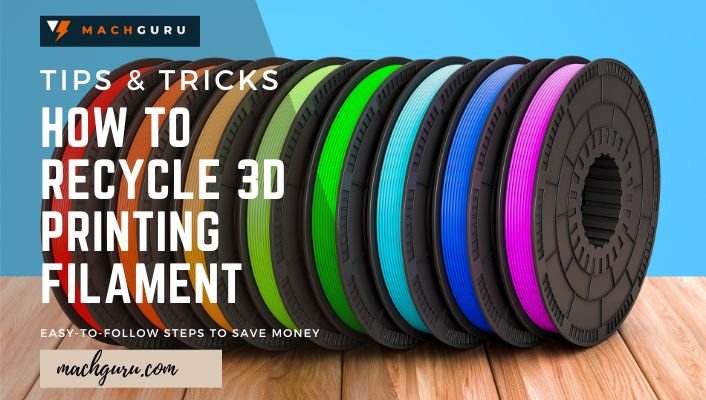How Does DTG Printing Work? Unveiling the Magic of DTG Printing
DTG printing, also known as direct-to-garment printing, is a popular printing method that allows for high-quality, full-color prints on textiles. This printing method is often used for custom t-shirt printing and other clothing items. But how does DTG printing work?
First, the design to be printed is created and transferred to the DTG printer. The printer then uses specialized inkjet technology to apply the design directly onto the garment. This is done by spraying the ink onto the garment through tiny nozzles, similar to how an inkjet printer works on paper.
Unlike other printing methods, DTG printing allows for prints with a high level of detail and a wide color range. This is because the printer uses special water-based inks that are absorbed by the fibers of the garment, creating a high-quality, vibrant print.

DTG Printing
One of the main benefits of DTG printing is its ability to print small quantities quickly and efficiently. This makes it a great option for businesses that need to produce custom, on-demand orders. It also allows for a high level of customization, as the design can be easily changed and updated for each individual order.
Another advantage of DTG printing is its environmental friendliness. The water-based inks used in DTG printing are free from harmful chemicals and do not produce any toxic waste. This makes it a sustainable option for businesses looking to reduce their environmental impact.
Overall, DTG printing is a versatile and efficient method for producing high-quality prints on textiles. Its ability to print small quantities quickly, coupled with its environmentally-friendly nature, make it a popular choice for businesses in the clothing industry.
Read: Best DTG Printer of 2023: Beginners to Professional levels
Where Did DTG Printing Start?
DTG printing, or direct-to-garment printing, originated in the 1990s. It was developed as a way to print full-color, high-quality images onto textiles. The first DTG printers were large, expensive machines that were only used by a handful of companies.
Over time, the technology behind DTG printing has improved, making it more accessible and affordable. Today, DTG printers are used by businesses of all sizes in the clothing industry, from small custom t-shirt shops to large clothing manufacturers.
The popularity of DTG printing has grown in recent years, thanks to its ability to produce high-quality prints quickly and efficiently. It has also become more environmentally friendly, with the use of water-based inks that are free from harmful chemicals. This has made DTG printing an attractive option for businesses looking to reduce their environmental impact.
How Is DTG Printing Different than DTS Printing?
DTG printing and DTS printing are both methods of printing on textiles, but they differ in how the design is applied to the garment.
DTG printing, or direct-to-garment printing, uses specialized inkjet technology to apply the design directly onto the garment. This is done by spraying the ink onto the garment through tiny nozzles, similar to how an inkjet printer works on paper. DTG printing allows for high-quality, full-color prints with a high level of detail and a wide color range.
DTS printing, or digital transfer sublimation printing, uses heat and pressure to transfer the design onto the garment. The design is first printed onto a special transfer paper using a digital printer. The transfer paper is then placed onto the garment and heat is applied, which causes the design to sublimate, or turn into a gas, and be transferred onto the garment. DTS printing allows for vibrant, full-color prints with a high level of detail, but it is limited to printing on polyester or polyester-blend fabrics.
Overall, DTG printing and DTS printing are both effective methods for printing on textiles, but they differ in their techniques and the types of fabrics they can be used on. DTG printing is better suited for printing on cotton and cotton-blend fabrics, while DTS printing is better for polyester and polyester-blend fabrics.
Benefits and Drawbacks of DTG Printing
DTG printing, or direct-to-garment printing, is a popular method for printing on textiles. It offers several benefits, including high-quality prints with a wide color range, the ability to print small quantities quickly, and environmental friendliness. However, it also has some drawbacks.
Advantages of DTG Printing:
- Produces high-quality, full-color prints with a high level of detail
- Allows for efficient production of small quantities
- Enables high levels of customization
- Environmentally friendly, using water-based inks that are free from harmful chemicals
Disadvantages of DTG Printing:
- Not suitable for all types of fabrics
- Can be expensive compared to other printing methods
- May require specialized equipment and inks
How long does a DTG print last?
A DTG print, or direct-to-garment print, typically lasts for the life of the garment. The water-based inks used in DTG printing are absorbed by the fibers of the garment, creating a long-lasting, vibrant print.
However, the lifespan of a DTG print can vary depending on how the garment is cared for and worn. Regular washing and drying can cause the print to fade over time, as can exposure to sunlight and other environmental factors. Proper care and handling of the garment can help extend the life of the DTG print.
Overall, a DTG print is expected to last for the life of the garment, but the actual lifespan can vary depending on how the garment is cared for.
Is DTG Printing Better than Sublimation?
It depends on the specific application and the desired outcome. DTG printing is better for printing on dark fabrics and for producing high-resolution images with a wide range of colors, while sublimation is better for printing on polyester and other synthetic fabrics and for producing vibrant, long-lasting colors.
Do DTG prints crack?
DTG (direct-to-garment) prints can crack if the fabric is not pre-treated properly, or if the ink is not properly cured. To prevent cracking, it is important to pre-treat the fabric with a pre-treatment solution. And then follow the manufacturer’s instructions for curing the ink. Additionally, using high-quality inks and fabrics can also help to prevent cracking in DTG prints.
Final Words
In conclusion, DTG printing, or direct-to-garment printing, is a versatile and efficient method for producing high-quality, full-color prints on textiles. It uses specialized inkjet technology to apply the design directly onto the garment, creating vibrant, long-lasting prints.
The ability to print small quantities quickly and efficiently, coupled with its environmentally-friendly nature. So, it makes DTG printing a popular choice for businesses in the clothing industry. However, it is not suitable for all fabrics and can be expensive compared to other printing methods.

Selena Richard
Selena Richard is a tech blogger and entrepreneur who is passionate about new technologies. She has a keen interest in 3D printing and sublimation printers, which she uses to design crafts and solve problems for small business owners.
Selena provides simple and effective solutions for small business growth. With a team of expert members, she targets the needs of small business owners and takes pride in her work.






